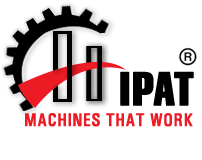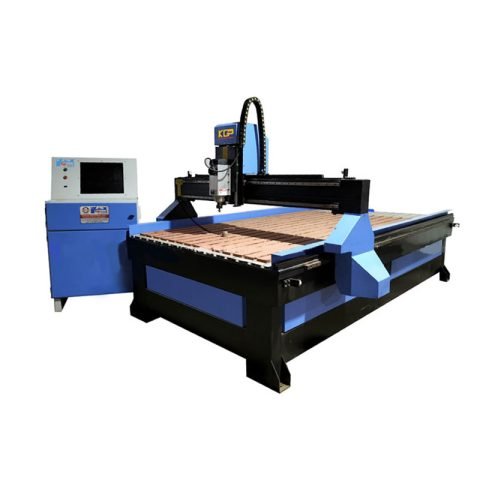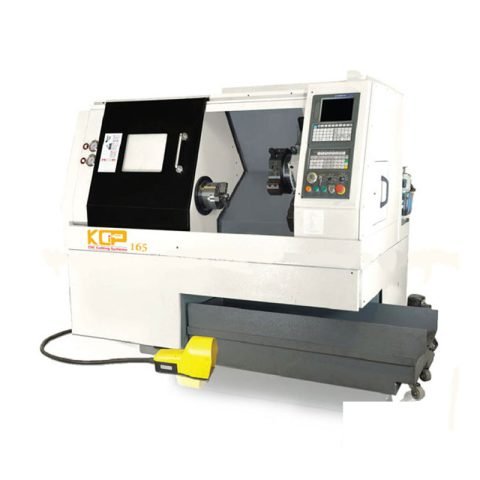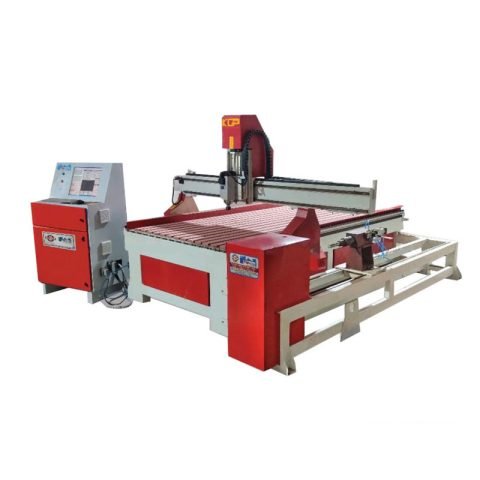Here are some key features and components of a CNC router machine:
Router Spindle
The router spindle is the motorized component that holds and rotates the cutting tool or router bit. It provides the cutting power required for routing operations. The spindle may have different speed options to accommodate various cutting tasks and material types.
Cutting Table
The cutting table provides a flat and stable surface where the workpiece is placed and secured during cutting. It may have a vacuum hold-down system, clamps, or other mechanisms to hold the material in place during the cutting process.
Control System
A CNC router machine is operated through a control system consisting of a computer and CNC software. The software allows the operator to program the cutting specifications, design instructions, and tool paths. It provides precise control over the cutting process and can import or create custom designs.
Tool Changer
Some CNC router machines feature a tool changer mechanism that allows for automatic tool changes. This capability enables the machine to switch between different router bits or cutting tools without manual intervention, increasing efficiency and expanding the range of capabilities.
Dust Collection System
Routing operations generate a significant amount of dust and debris. A CNC router machine often includes a dust collection system to remove the debris, keeping the work area clean and maintaining visibility during the cutting process.
Stepper or Servo Motors
CNC routers use stepper or servo motors to control the movement of the cutting tool and the workpiece. These motors provide precise positioning and speed control, allowing for accurate and repeatable cuts.
Safety Features
CNC router machines incorporate safety features such as emergency stop buttons, safety shields, and sensors to ensure safe operation and protect the operator.











There are no reviews yet.